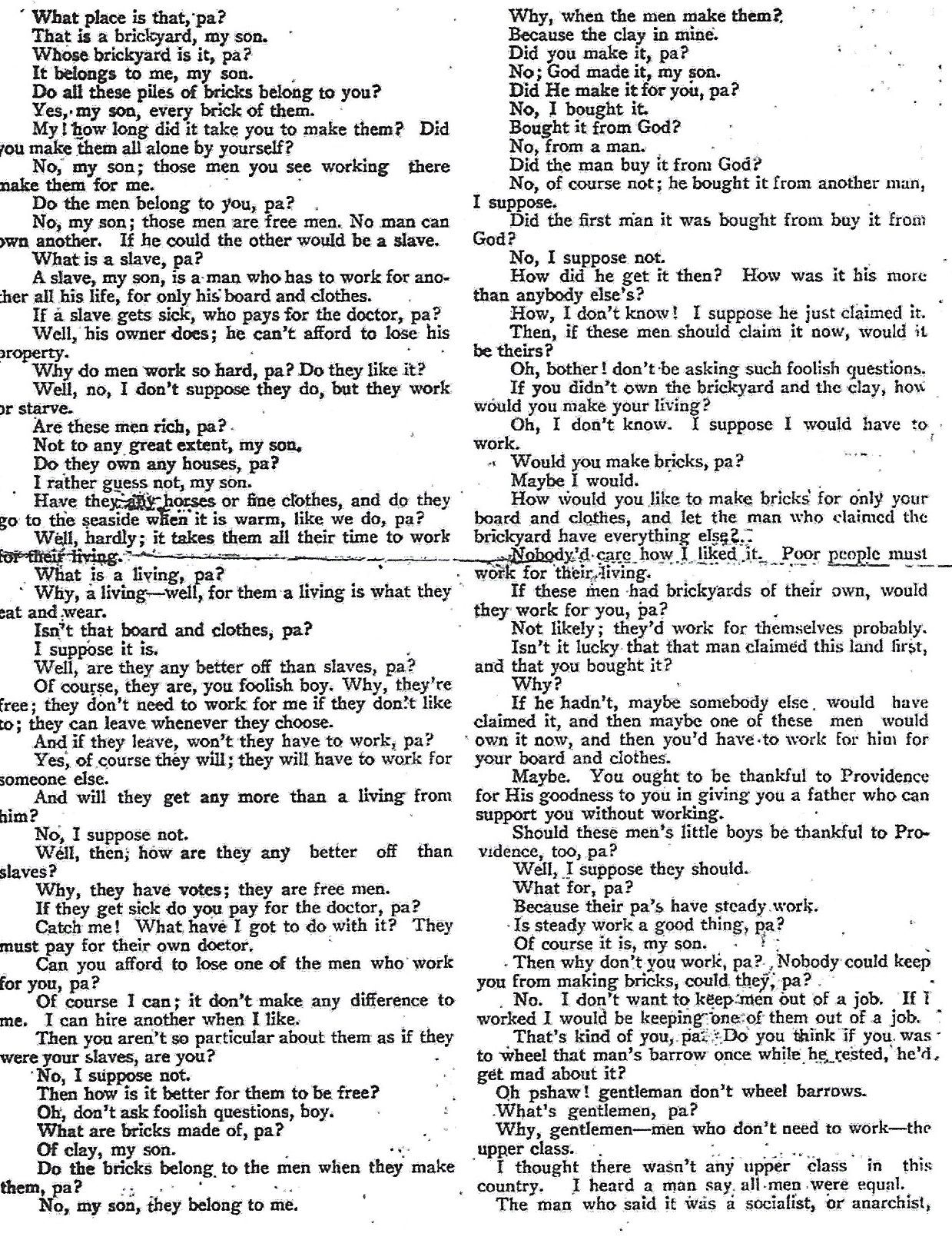SA 79. The “housing crisis” is no such thing, by Mark Wadsworth
The ‘housing crisis’ is no such thing. It is a ‘transfer of wealth’ crisis
Reprinted from “Young People’s Party” submission to the Intergeneration Commission.
The current state of the housing market is not a ‘crisis’ – something that suddenly happens because of unforeseen forces outside the government’s control – but the inevitable result of quite deliberate changes in government housing policy over the last thirty years, i.e. the dismantling of the old system.
There is no lack of physical housing in the UK. All we are seeing is a massive transfer of wealth (via house prices and rents) from younger generations to those lucky enough to have inherited land, or acquired it cheaply in the past (the Baby Boomers).







